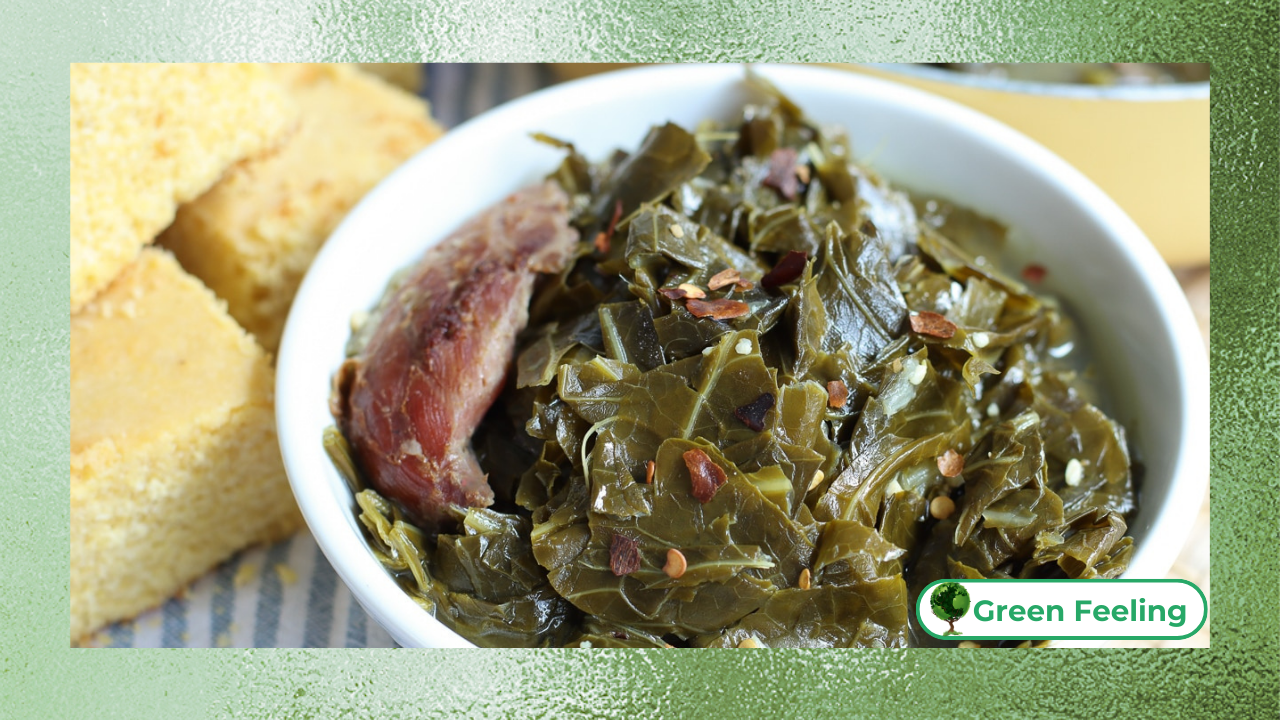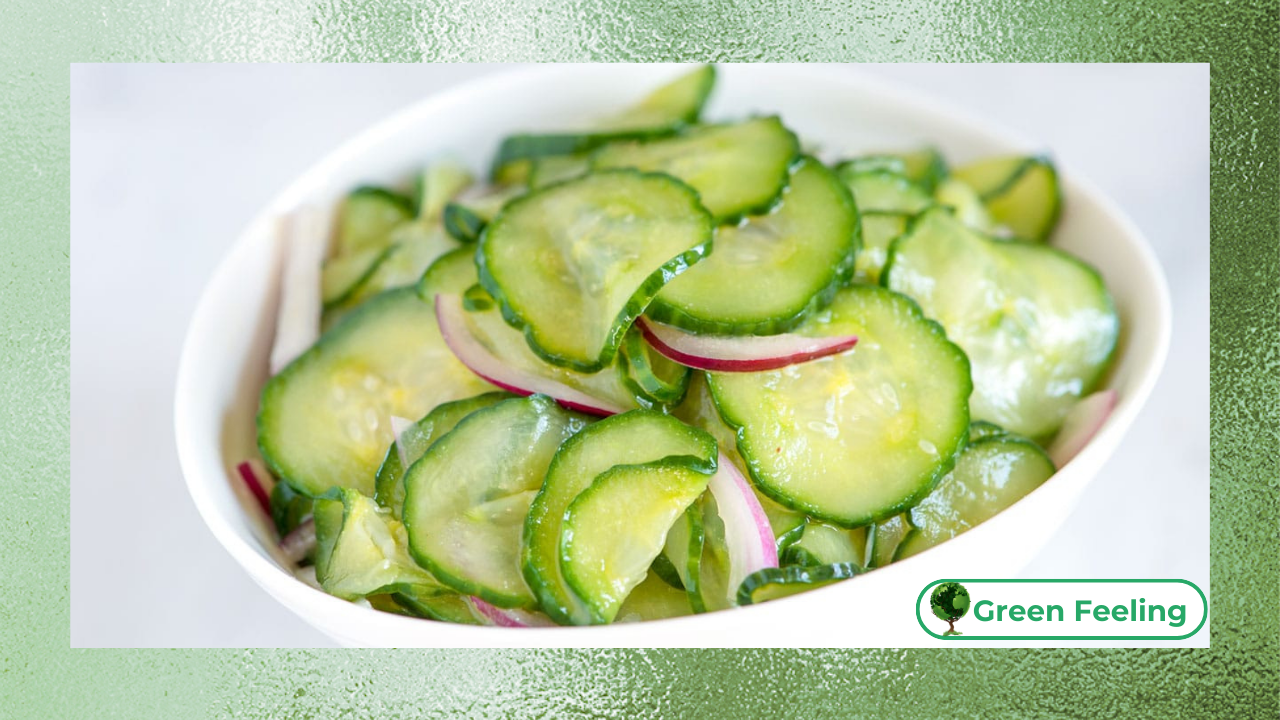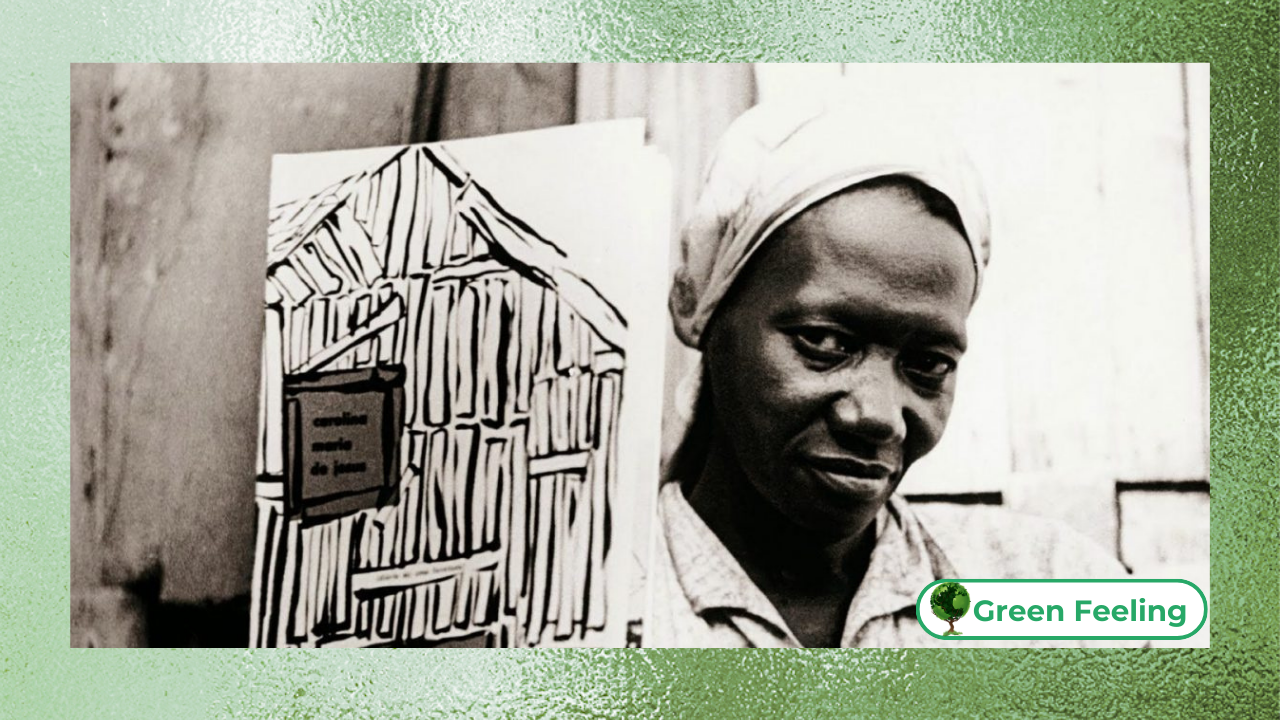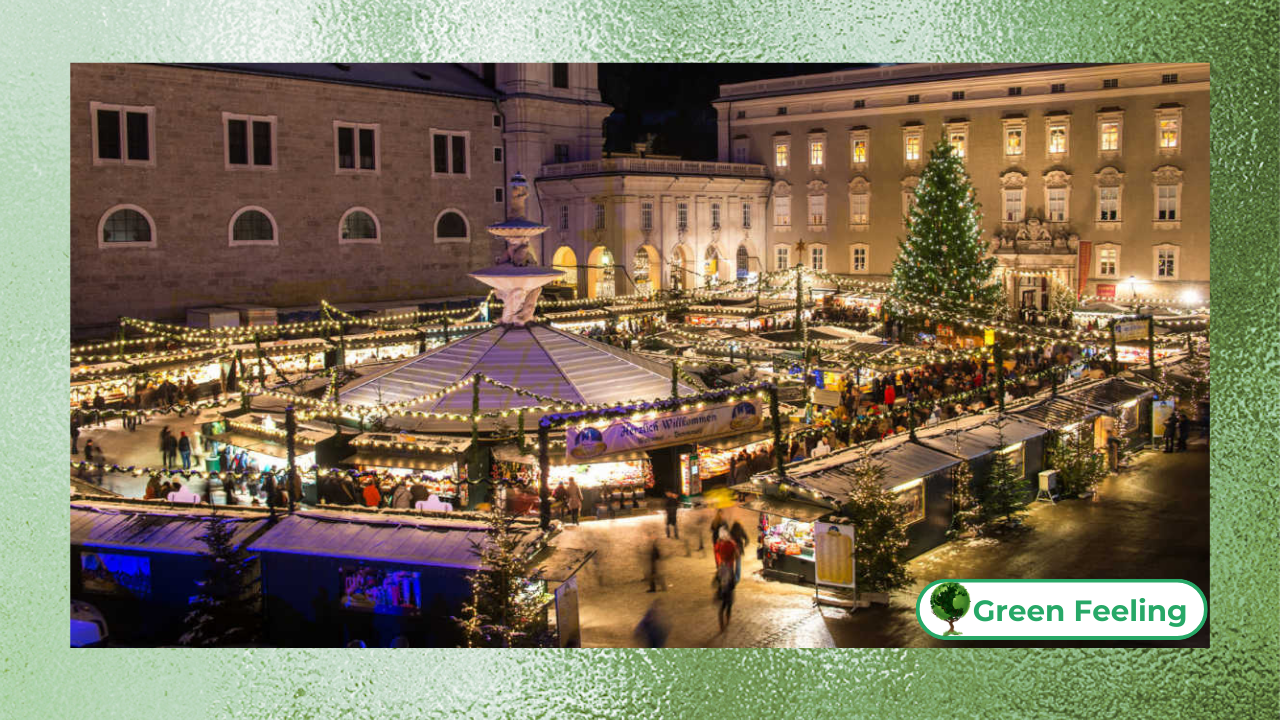The Tea Ceremonies and Their Cultural Roots Around the World
Tea is much more than just a drink; it’s a symbol of tradition, culture, and connection.
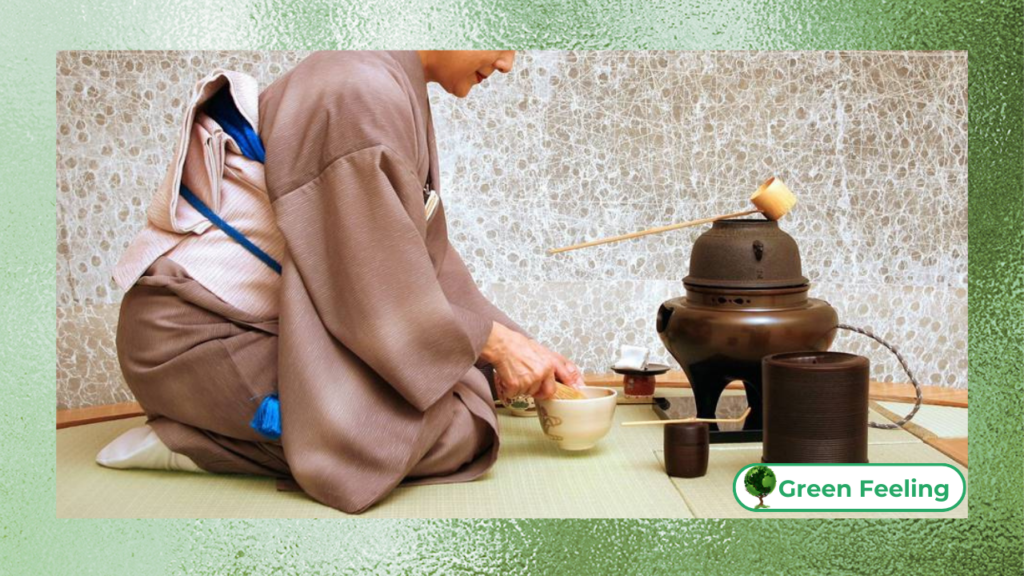
Across the globe, tea ceremonies offer insights into the values, philosophies, and histories of diverse societies. From the minimalist rituals of Japan to the vibrant gatherings of Morocco, tea ceremonies showcase the intricate relationship between culture and this ancient beverage.
The Origins of Tea: A Global Perspective
Tea’s history stretches back thousands of years, with roots in ancient China, where it was originally consumed for its medicinal properties.
Legend attributes its discovery to Emperor Shen Nong around 2737 BCE. By the Tang Dynasty (618–907), tea had become a staple in Chinese culture, spreading to neighboring regions via trade routes like the Silk Road.
Key Moments in Tea History:
| Year | Event |
| 2737 BCE | Discovery of tea in China |
| 805 CE |
Tea culture introduced to Japan by Buddhist monks
|
| 16th century |
Portuguese traders bring tea to Europe
|
| 19th century |
British Empire popularizes tea in India and Ceylon (Sri Lanka)
|
Tea Ceremonies in Different Cultures
Japanese Tea Ceremony (Chanoyu)
The Japanese tea ceremony, or chanoyu, embodies wabi-sabi—the beauty of imperfection and simplicity. Rooted in Zen Buddhism, this ritualized practice focuses on mindfulness, harmony, and respect.
Key Elements:
- Tools: Traditional utensils include the chawan (tea bowl), chasen (bamboo whisk), and natsume (tea container).
- Process: The host meticulously prepares matcha (powdered green tea) in a serene environment.
- Philosophy: Each meeting, known as ichi-go ichi-e (“one time, one meeting”), emphasizes the uniqueness of the moment.
Chinese Gongfu Tea Ceremony
The gongfu cha translates to “making tea with skill.” This intricate ritual highlights the art of brewing tea to perfection, often using oolong or pu-erh teas.
Key Steps:
- Rinse the teaware with hot water.
- Place tea leaves in a small clay teapot.
- Infuse the tea multiple times, with each steeping revealing new flavors.
Moroccan Mint Tea Ritual
In Morocco, tea symbolizes hospitality and community. The traditional Moroccan mint tea, or atai, blends green tea, fresh mint leaves, and sugar.
Cultural Significance:
- Tea preparation is a male-dominated art, typically performed by the head of the family.
- The tea is poured from a height to create a frothy surface, which enhances its flavor.
British Afternoon Tea
Introduced in the 19th century by Anna, the Duchess of Bedford, afternoon tea became a hallmark of British social culture.
Components of a Traditional Afternoon Tea:
- Tea Varieties: Earl Grey, Darjeeling, and Assam.
- Food Pairings: Scones with clotted cream and jam, finger sandwiches, and pastries.
Philosophical and Spiritual Aspects of Tea
Tea ceremonies often serve as a spiritual practice, fostering mindfulness and introspection.
Zen Buddhism and Tea
In Japan, tea ceremonies reflect Zen principles of simplicity and mindfulness. As Sen no Rikyū, a prominent tea master, once said:
“Tea is nothing more than this: heat the water, brew the tea, and drink it with reverence.”
Taoism and Chinese Tea Culture
In Taoist philosophy, the act of brewing tea aligns with the concept of harmony between humanity and nature.
Tea Ceremonies: Modern Adaptations
While traditional tea ceremonies persist, modern adaptations cater to contemporary lifestyles.
Specialty tea bars and workshops now teach the principles of these ceremonies, allowing global audiences to appreciate their artistry.
+ 10 Interesting Facts About Chilean Culture
The Global Influence of Tea
Tea Production Around the World
The global tea industry thrives on diversity, with regions specializing in distinct types of tea.
| Country | Famous Teas | Cultural Practices |
| China | Oolong, Pu-erh | Gongfu tea ceremonies |
| Japan | Matcha, Sencha | Chanoyu |
| India | Assam, Darjeeling | Chai culture |
| Sri Lanka | Ceylon | Afternoon teas with local twists |
| Morocco | Moroccan Mint | Atai preparation in communal gatherings |
Tea and Globalization
Tea’s role in fostering cross-cultural connections cannot be overstated. The British East India Company, for example, not only transported tea but also bridged trade networks across continents.
Incorporating Tea Rituals in Daily Life
Mindful Tea Drinking
Incorporating elements of tea ceremonies into daily routines can enhance mindfulness. A simple practice might include:
- Selecting a favorite tea.
- Brewing it slowly, focusing on the aroma and color.
- Savoring each sip with intention.
Hosting a Cultural Tea Gathering
Consider hosting a themed tea gathering inspired by different traditions. Include:
- A variety of teas (e.g., Japanese matcha, Moroccan mint, Indian chai).
- Traditional snacks and decor to set the mood.
Resources for Further Exploration
Recommended Books:
- The Book of Tea by Kakuzo Okakura
- Tea: History, Terroirs, Varieties by Kevin Gascoyne, François Marchand, and Jasmin Desharnais
Online Resources:
Workshops:
- Local tea houses often offer workshops on tea brewing and culture. Check your city’s cultural centers for events.
+ Women Samurai: The History of Feudal Japan Warriors
The Role of Tea Ceremonies in Modern Life
In today’s fast-paced world, the principles embodied in traditional tea ceremonies are more relevant than ever.
The simplicity, mindfulness, and communal spirit inherent in these rituals offer an antidote to the stresses of modern living.
Incorporating elements of tea ceremonies into daily life, even in simplified forms, can foster mental clarity, reduce stress, and encourage meaningful social connections.
For example:
- Personal Mindfulness: Taking a few minutes to brew and enjoy tea in silence can become a daily meditation practice, promoting calm and focus.
- Social Bonding: Hosting tea gatherings inspired by various cultures allows friends and family to connect on a deeper level while appreciating diverse traditions.
- Sustainability and Intentional Living: The rituals of tea often emphasize quality over quantity. By choosing ethically sourced, high-quality teas and using traditional brewing methods, individuals can embrace a more sustainable lifestyle.
The Spiritual Dimension of Tea
Beyond its social and cultural significance, tea ceremonies often carry a spiritual dimension.
They encourage participants to be present in the moment, reflecting the philosophies of Zen, Taoism, and other traditions.
In Japanese tea culture, the principle of ichi-go ichi-e reminds us to cherish each encounter as unique and unrepeatable.
This philosophy can be applied to all aspects of life, inspiring us to live with greater awareness and gratitude.
In China, the Taoist idea of harmony between humanity and nature is central to tea culture.
Every step of the gongfu cha, from selecting the leaves to pouring the tea, reflects a balance between the natural world and human skill.
Similarly, in Moroccan tea culture, the act of preparing and sharing tea becomes a form of spiritual and social generosity, symbolizing respect and community.
+ African Mythology: Spirits of the Earth and Mystical Creatures
Challenges and Preservation of Tradition
Despite their timeless appeal, tea ceremonies face challenges in the modern era.
The convenience-driven nature of today’s society often clashes with the slow, deliberate pace of traditional tea rituals.
Mass production and commercialization of tea sometimes undermine the authenticity and artistry that define these ceremonies.
Efforts to preserve and revitalize tea culture are growing. Tea masters, cultural institutions, and enthusiasts worldwide are working to keep these traditions alive through education, workshops, and festivals. For example:
- In Japan, tea schools such as the Urasenke Foundation offer lessons in chanoyu to both locals and international students, ensuring the art form’s continuity.
- In China, tea tourism is thriving, with visitors flocking to regions like Fujian and Yunnan to experience gongfu cha firsthand.
- In Morocco, cultural heritage initiatives are promoting the art of atai preparation as a symbol of national pride.
A Universal Symbol of Hospitality
At its core, tea is a gesture of hospitality, a universal language of kindness. Offering someone a cup of tea is an invitation to pause, share, and connect. Whether it’s a formal ceremony or a casual chat over tea, the act embodies a fundamental human need for companionship and warmth.
This timeless appeal is evident even in modern adaptations. Specialty tea houses and cafes often blend traditional elements with contemporary aesthetics, creating spaces where people can gather and experience tea culture in new ways. For example, in urban centers around the world, tea sommeliers guide patrons through tastings, introducing them to the intricacies of flavor profiles and brewing techniques.
A Call to Rediscover Tea’s Essence
In a world increasingly dominated by technology and instant gratification, the traditions of tea offer a refreshing reminder of the value of patience and presence. They invite us to slow down, appreciate the moment, and find joy in simple rituals. By embracing the essence of tea culture—mindfulness, hospitality, and respect for nature—we can cultivate a more balanced and fulfilling way of life.
The Final Sip: What Tea Teaches Us
As we’ve explored, tea ceremonies are more than a way to prepare and drink tea; they are a way of life, reflecting the philosophies and values of the cultures that created them. They teach us to value tradition, embrace diversity, and find beauty in everyday moments.
Whether you are savoring the earthy richness of Japanese matcha, the floral notes of Chinese oolong, or the sweet warmth of Moroccan mint tea, take a moment to reflect on the centuries of wisdom and artistry that have brought these traditions to your cup. Let every sip remind you of the power of tea to connect, inspire, and heal—a tradition that, though steeped in history, is timeless in its relevance.
With a cup of tea in hand, we are all part of a global community that celebrates life’s simple pleasures. So, next time you brew a cup, take a moment to honor the journey it has taken, the traditions it represents, and the connections it fosters.
In the words of author of The Book of Tea:
“The art of tea is the art of life.”- Kakuzo Okakura.
Conclusion
Tea ceremonies are more than rituals; they are living testaments to the evolution of human culture and values.
Across the globe, these ceremonies reveal a shared human inclination toward mindfulness, hospitality, and connection.
Each culture has infused tea with its own meaning, turning a simple beverage into a powerful symbol of identity and tradition.
From the austere yet profound Japanese chanoyu to the vibrant social rituals of Moroccan atai, tea ceremonies have withstood the test of time.
They offer a glimpse into the philosophies and histories of diverse societies, highlighting how humanity has always sought moments of pause and reflection amidst the chaos of life.
Even in a rapidly modernizing world, the practice of sharing tea continues to resonate deeply, providing a bridge between the past and the present.
Tea connects people across continents, transcending linguistic and cultural barriers. For instance, the British afternoon tea, rooted in Victorian high society, has found a place in homes worldwide, often tailored to local tastes.
Similarly, the Chinese gongfu cha inspires tea enthusiasts globally, who embrace its meticulous attention to detail.
This universality underscores tea’s ability to bring people together in shared appreciation of beauty, taste, and tradition.

